My dataset has 2000 attributes and 200 samples. I need to reduce the dimensionality of it. To do this, I am trying to use Fourier transformation as a dimensional reduction. Fourier transformation returns the discrete Fourier transform when I feed data as an input. But I do not know how to use it for dimensional reduction.
from scipy.fftpack import fft
import panda as pd
price = pd.read_csv(priceFile(), sep=",")
transformed = fft(price )
Can you please help me?
